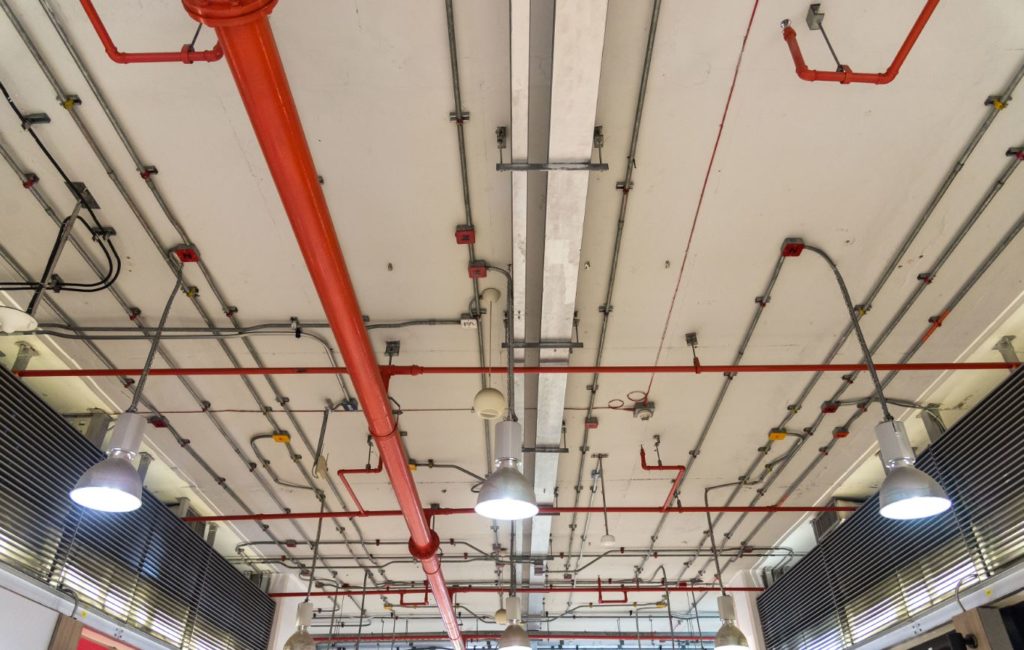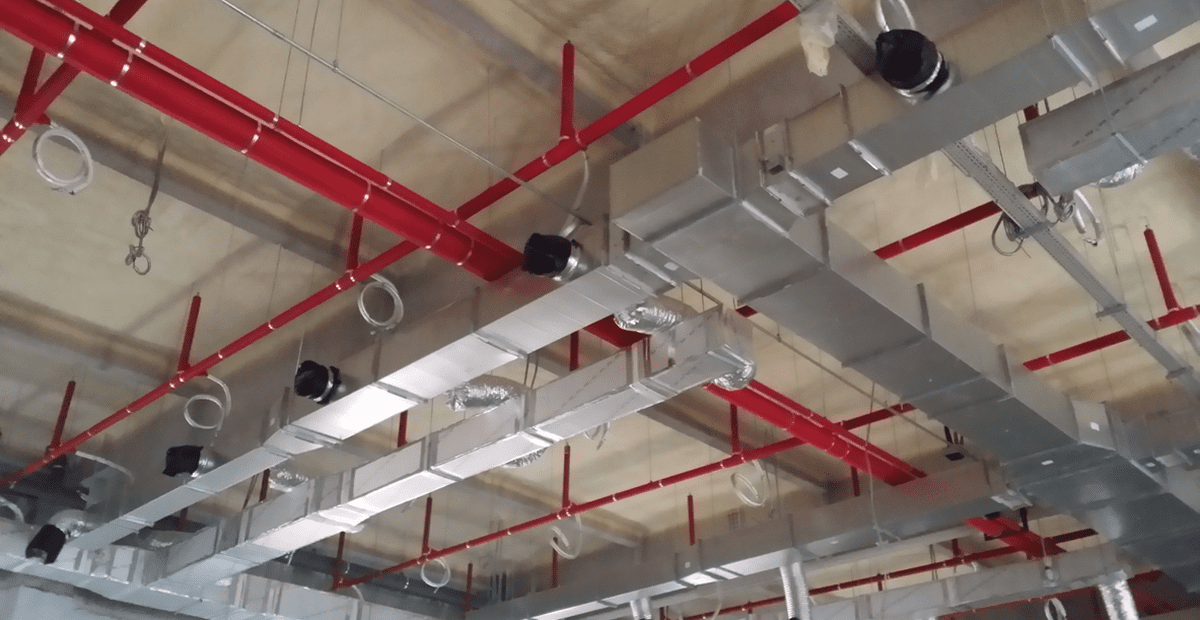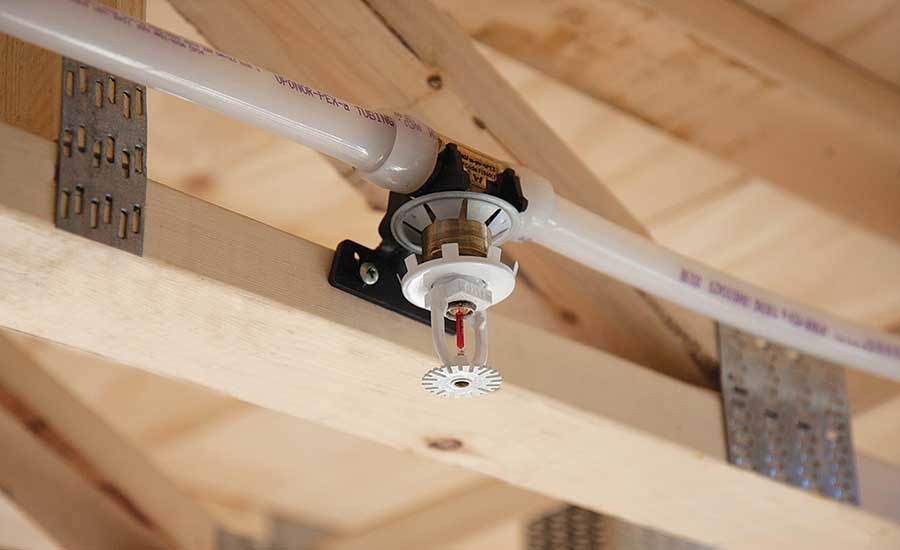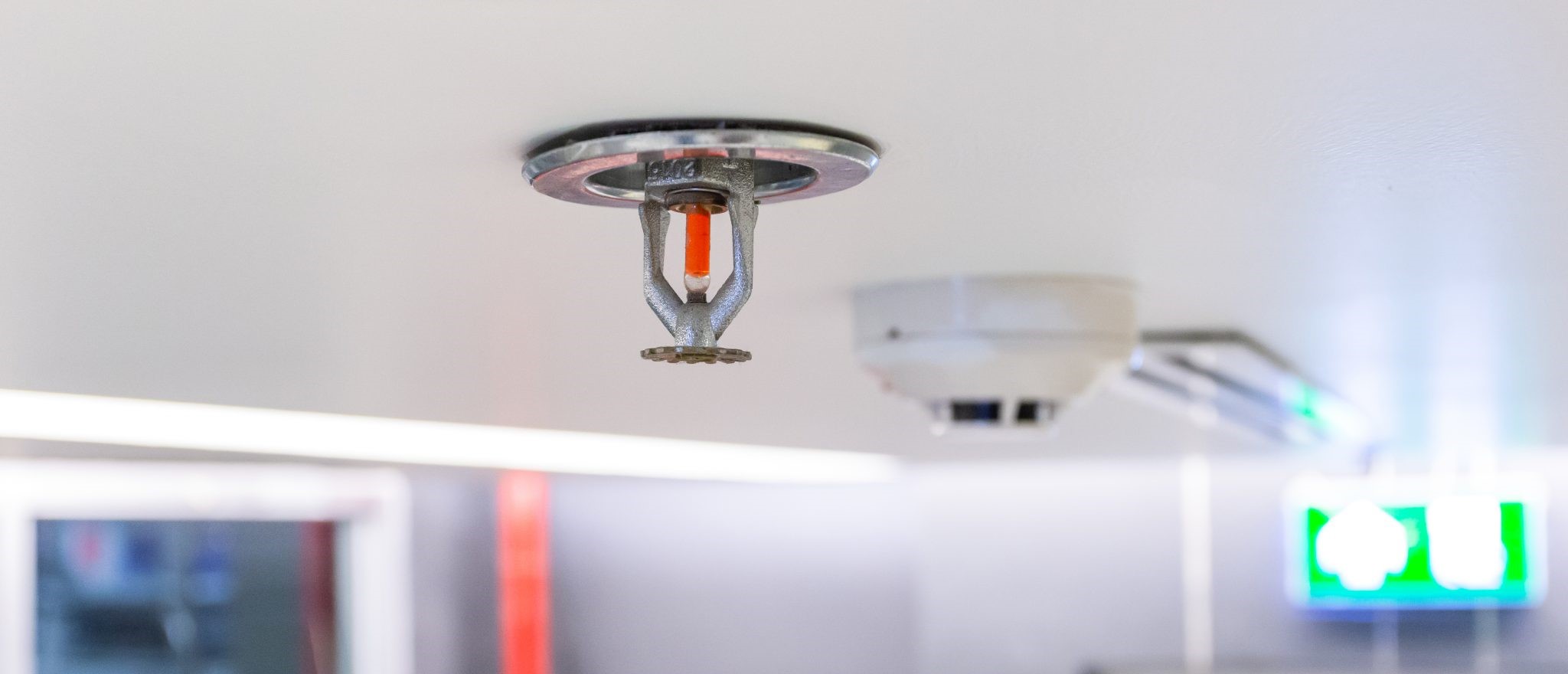
You’ve probably looked up at a school, business, or workplace and observed a sprinkler head in the ceiling. These little but powerful gadgets help save lives and keep fire damage from escalating exponentially in economic worth. These sprinklers are usually unseen inside your home. Over three thousand fire-related deaths occur in houses each year, deaths that may be avoided with a household sprinkler system.
Unfortunately, these life-saving technologies are not yet required by law to be installed in houses. While they are not required, they play an important part in fire safety, and we want you to be educated so that you can make the best option. That is why we are giving the necessary background on these platforms.
Why Don’t More Homes Have Sprinkler Systems?
Most Important Fire Safety Measures in Buildings

If you’ve ever seen a programme or movie where a sprinkler system goes off, it comes to mind a few worries that prevent people from purchasing or installing them in their present houses. Many homeowners are concerned that if one is tripped, the entire system would go off, flooding the house and causing thousands of dollars in extra damage. Another prevalent concern is that they will misfire and go off for no apparent cause.
What you probably don’t know is that these are not accurate depictions or issues with sprinkler systems. While a system misfire could occur, it’s a one in sixteen million chance. However, the odds of having a home fire are just one in three thousand. We don’t know about you, but those odds seem worth it.
While movies do showcase an entire building turning on sprinklers at once, that is not the case. The sprinkler system goes off the unit by unit, only turning on in the rooms that trigger them specifically.
What Types of Residential Sprinkler Systems are There?

There are two types of sprinkler systems that may be installed in your house. Both have advantages and disadvantages, as well as the benefit of safeguarding your house and family before the fire brigade arrives.
Stand-alone systems do not use the home’s water supply. They have their own pipelines and backflow valves. Low-maintenance tubing is made of flexible copper or orange plastic. They also require a water storage tank. The disadvantage of standalone sprinkler systems is that the water does not circulate. This might result in stagnant water being thrown on the fire. These do let mold and other microorganisms thrive in the water.
The second kind is multi-purpose units. They use the plumbing in the house, from the pipes to the storage. Water circulates in the pipes every time it is utilized. This keeps it from becoming stale. Some feature a flow alarm that, when engaged, calls the fire department, saving time. In the new building, multi-use apartments are widespread. They can be retrofitted, although it is usually an expensive process.
How Do Residential Sprinkler Systems Work?

Though each system may operate somewhat differently, we wanted to discuss the fundamentals of these devices to alleviate the fear of a misfire if the statistic did not. Almost all systems are heat triggered, therefore it is the temperature of the room that causes the water to flow.
Some systems have an inside bulb filled with a liquid that swells when heated. The bulb explodes and the water pours out whenever the liquid reaches a certain temperature. Other devices have soldered-together linkages that melt when they get too hot, causing the system to activate.
They then pump anything from fifteen to twenty gallons per minute to extinguish the flames. The water will continue to flow as long as there is water available and the system is functional. Regardless of how the sprinkler system works, the important thing to remember is that only high temperatures will cause them to activate. This is usually around 160 degrees Fahrenheit.
Costs and Installation

While they are not required in every home, you may get lucky and find residential sprinkler systems ready to go in many newly built homes today. Rooms are generally safe if they have one sprinkler. Installing a second smoke detector in bigger areas, such as living rooms or kitchens, can be beneficial in the case of a fire.
A plumber will come out to help in a newly constructed home unless it is standard. On average, it takes a few days to design the system, a month to obtain the necessary permits, and roughly a week to install the unit. This may be done while other aspects of the house are being constructed.
